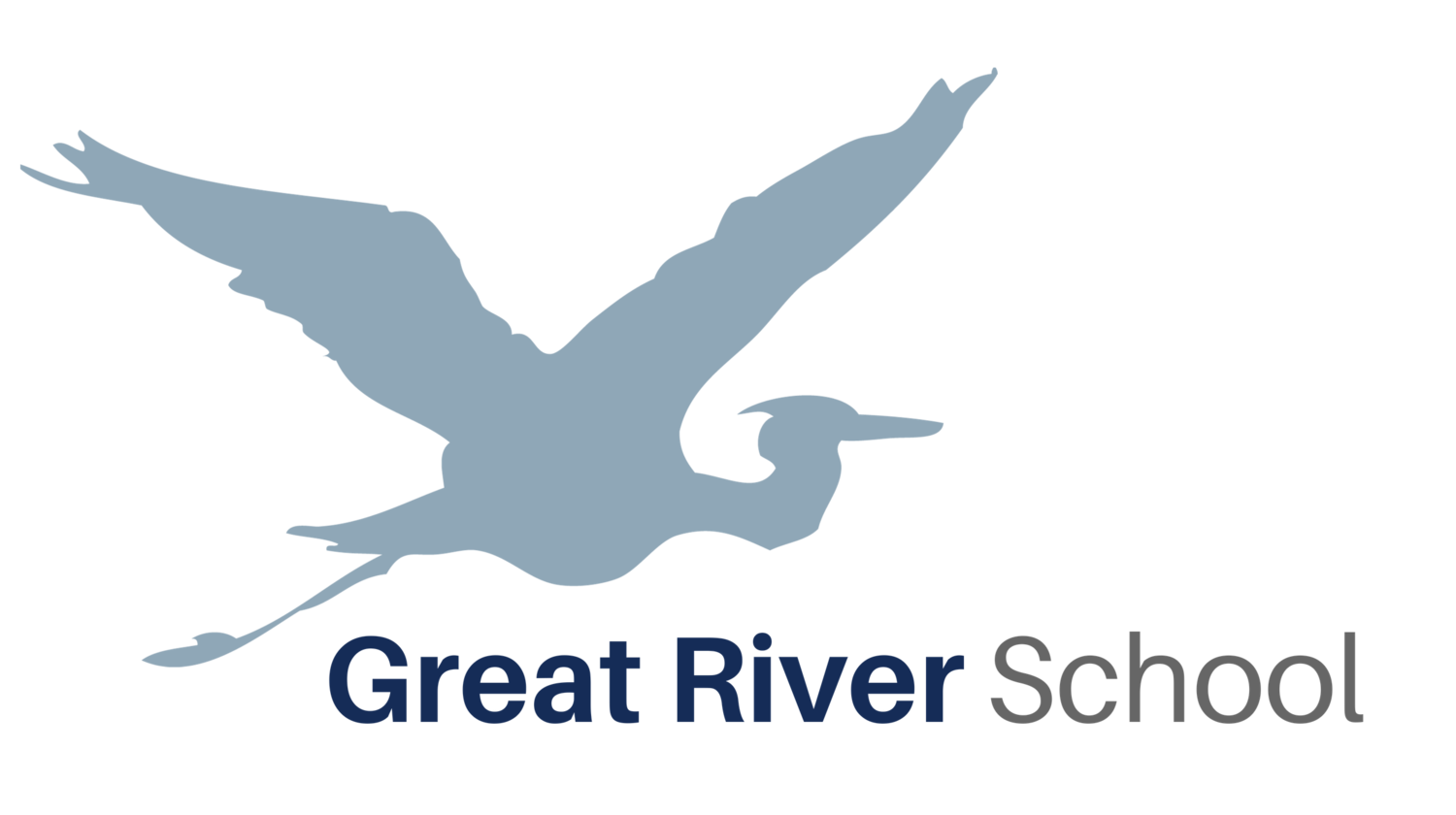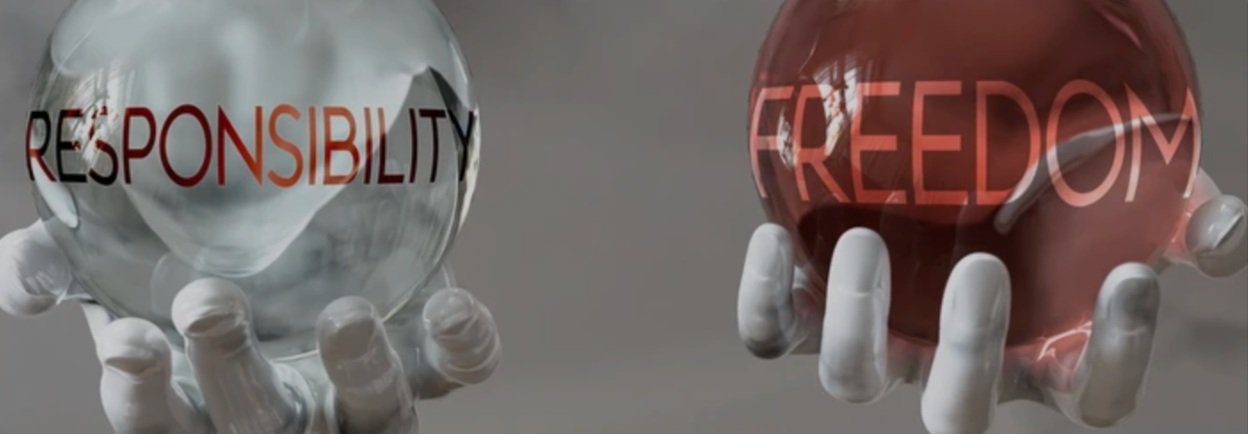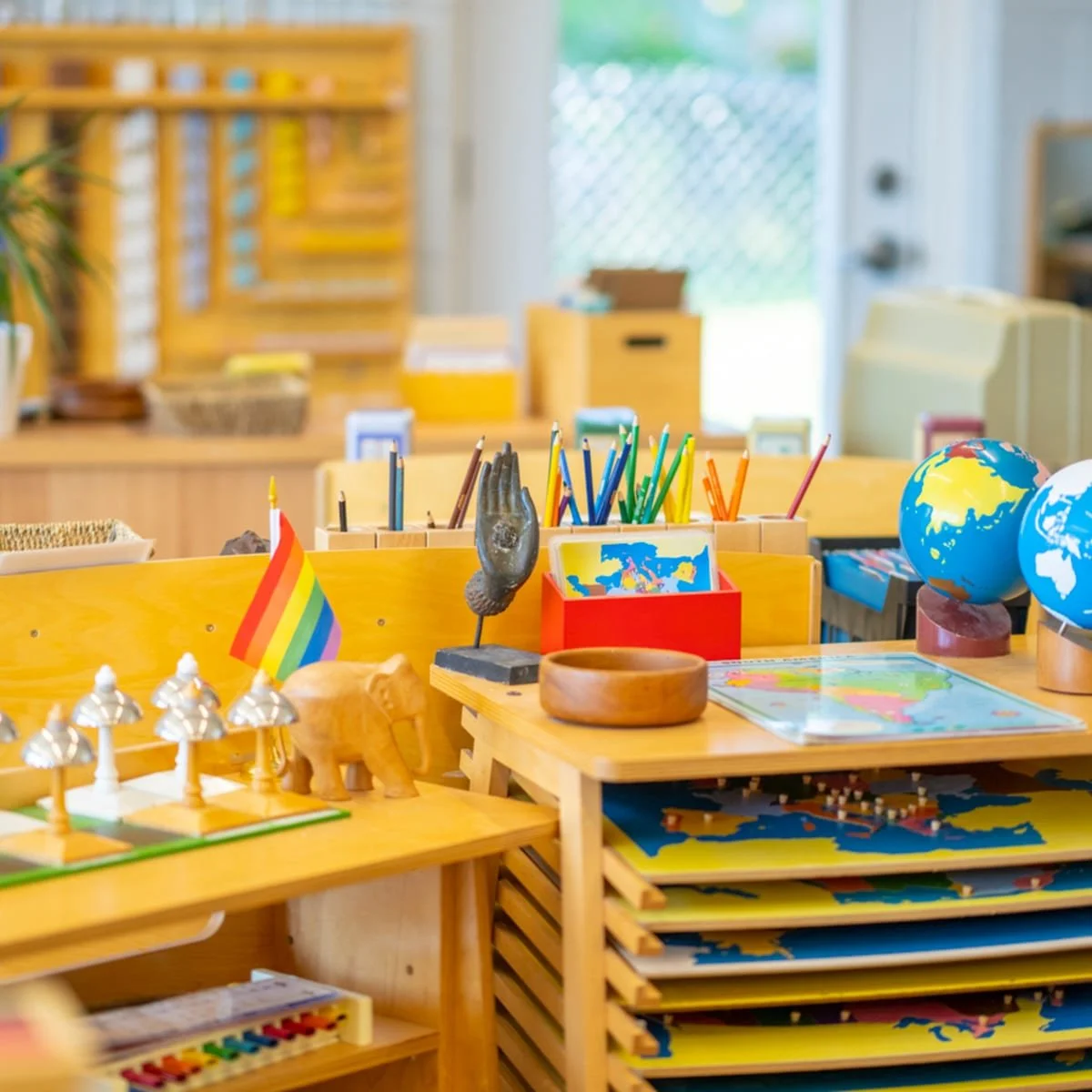written by Sonja Olson, Minnesota River Guide
Freedom and Responsibility is one of the main tenets of the Montessori classroom, and can be one of the most difficult to understand if you are coming from a more traditional background. It can seem radical now and was even more so when Dr. Montessori first opened her school in 1907. Dr. Montessori’s contemporaries viewed children as empty vessels who were dependent upon the adults to instill their knowledge. They were to be seen but not heard. Children sat still in their desks, quiet and obedient to the adults. Chaos would surely ensure should any freedom be given.
Dr. Montessori disagreed. She spent a great deal of time observing children and noted they wanted to work and be productive. Elementary students in the second plane of development (ages 6-12) were developing their sense of independence and seeing how their place in the community extended past their immediate family. Dr. Montessori understood that granting freedom to children is key in order for them to develop independence, yet freedom without responsibility would prevent their social, emotional, and intellectual growth.
Freedom and responsibility must coexist within the classroom. Students need to develop their ability to reason and make decisions knowing what consequences will occur as a result of that decision. Freedom requires responsibility to self, to the classroom community, and to the prepared environment. They sit side by side in balance and support the self-construction of the human being. The ability to make responsible decisions and to carry out those choices is not a natural skill. It is something that must be practiced. Within the classroom the adults prepare an environment in which the students are free to explore, think, act, and through this freedom they will understand their responsibility to the community.
“One can speak of true community only when each member of the group feels sufficiently free to be himself or herself, while simultaneously restricting his or her own freedom for the sake of adjustment to the group. It is in seeking an optimal solution to this tension between personal independence and dependence on the group that the social being is formed. Too much individual freedom leads to chaos, too much uniformity, imposed by adults, leads to impersonal conformity or to rebellion.”
Mario Montessori, Jr., Education for Human Development (p. 24 ch. 2)
So what does this actually look like in a classroom? There are many ways where students are given opportunities to understand firsthand how to balance freedom and responsibility:
Students are free to choose where to work but they need to be working. The freedom of choice is never to not work.
They are free to talk to their classmates during the work cycles. Conversation and discussion of different ideas is key in developing the students’ intellect and reason. They also need to be responsible to make sure their discussions are relevant and respectful.
They have the freedom to do group work with their classmates, but learn responsibility as they learn they need to act within certain limits in order for group work to be successful.
Students are free to decide what to work on and when. They can set up their own schedule, but if they struggle with finding a balance then an adult will assist them with a work plan.
Students are free to explore their own interests. The adult will support that interest while also giving lessons in other areas. Students are also taught that while they should pursue their interests there are also societal expectations they need to meet. This means there is a limit they can spend on one subject, because they need to meet educational requirements set by state standards.
Dr. Montessori says we must trust the child to organize their human intellect. If we trust the child, we will see the results. It can be a leap of faith for parents and teachers, but it works!
Natural learning will not happen without freedom. When freedom is presented alongside responsibility, students will arrive at an awareness they have agency within their thoughts, emotions, and actions, and will be able to see how they can make meaningful contributions to society.



